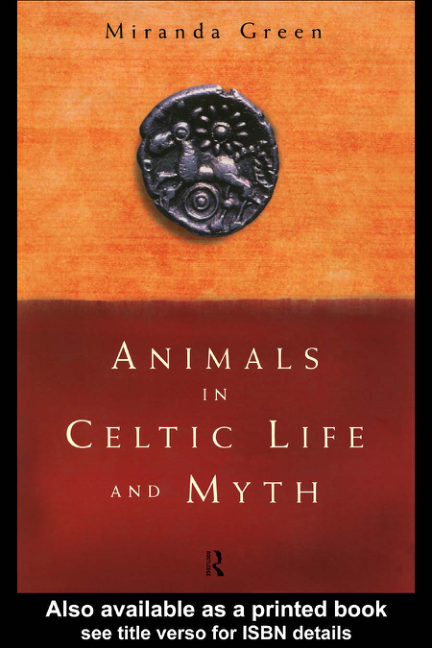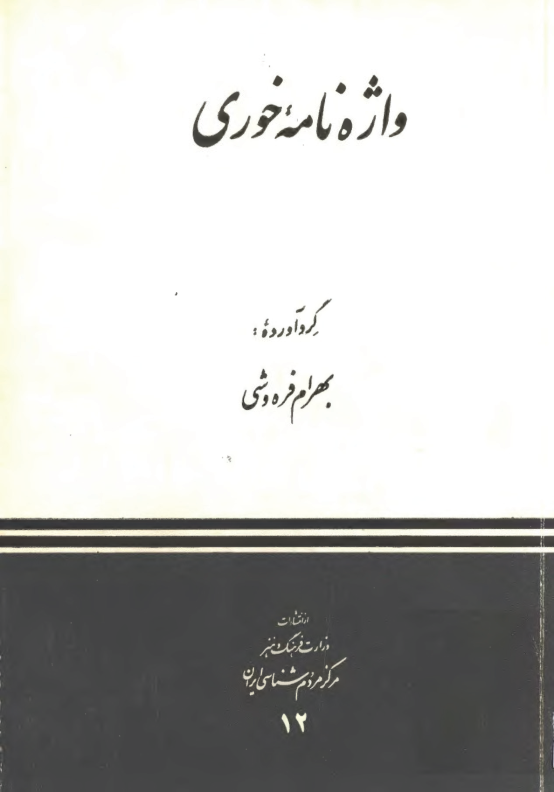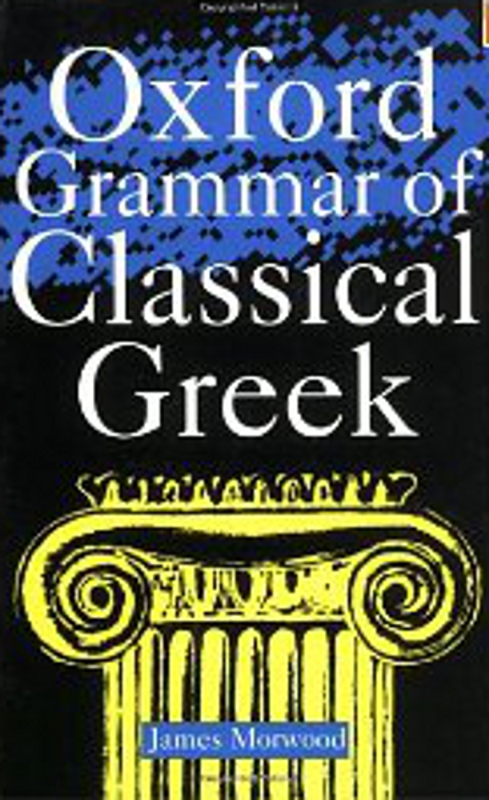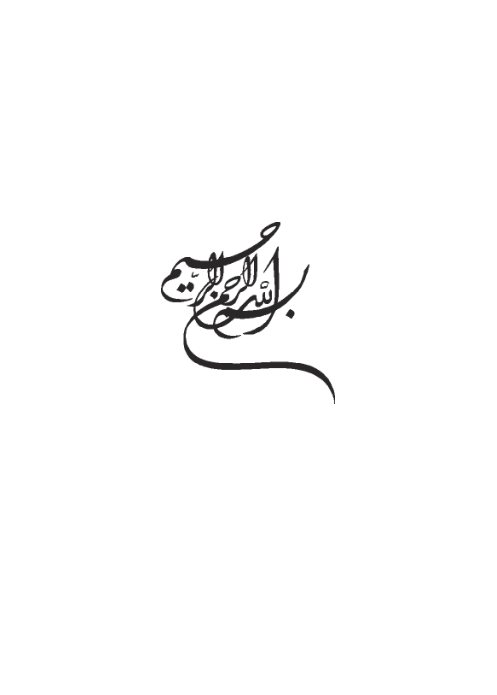This book has come about because of my longstanding fascination for the
ancient Celts and, in particular, for Celtic myth and religion, upon which
most of my previous research work has been based. In all the sources for
the period of the pagan Celts (roughly 600 BC – AD 400), the role of
animals in both the secular and the sacred worlds appears to have been
dominant and essential. The close association between what were
basically rural communities and the natural world manifested itself not
only in direct economic dependence upon the land, its crops and herds,
but also in the perception of a strong link between animals and the
supernatural.
My evidence for animals in the Celtic world, a world which stretched
from Ireland in the extreme west to Czechoslovakia in the east and which
encompassed much of Europe north of the Alps, ranges between that of
archaeology and that of written documents. The archaeological material
consists of the remains of the animals themselves in the faunal
assemblages of Celtic sites. It embraces also the iconography – the
representation of animals – of both the pre-Roman and Romano-Celtic
periods. The written material falls into two categories: first, there exist
the comments of Graeco-Roman observers of the Celts whom they
encountered, directly or indirectly, in such lands as Gaul and Britain.
These have the merit of contemporaneity but the defect of bias and
misunderstanding. There is always the danger that the so-called
‘civilized’ product of the Mediterranean world will paint a picture of a
‘barbarian savage’ with quaint and primitive customs, and will chronicle
alien traditions in such a manner as to foster this image. The second
group of documents consists of the written compilations of the oral
traditions in Ireland and Wales. These have, again, to be treated with
caution since they pertain only to the western periphery of the Celtic
world and should not be used as sources for the European mainland. The
other problem concerns chronology: the earliest vernacular writings (that
is documents actually written in Welsh or Irish as opposed to Latin) date,
for the most part, no earlier than the early medieval period: they were
thus compiled much later than the pagan Celtic period and, what is
more, they were set down within a Christian milieu, by monks workingPREFACE
xviii
in monasteries. From the very clear links between some of the
documentary sources and information taken from the classical authors
and archaeology, it is possible to infer that some of the vernacular written
material does pertain to earlier, pre-Christian periods. The Insular myths
abound in gods, and no reference is made to Christianity.
In this book, the role of animals in all aspects of Celtic life is explored. I
should make it clear that, notwithstanding the wide geographical area
inhabited by the ancient Celts, much of my source material is necessarily
taken from the western regions, from Gaul and Britain, although
cognisance is also taken of that from further east. The work discusses the
place of animals in the economy; in hunting; in warfare; in art; and in
ritual practices. The oral tradition of Wales and Ireland, with its rich
mythical treatment of animals, is examined separately. The final main
section details the close relationship between animals and the gods,
which manifested itself in the remarkable imagery and symbolism of the
Romano-Celtic period.
 کتاب سل Ketab Sell | کتاب سل، بزرگترین منبع کتاب و جزوههای دانشجویی
کتاب سل Ketab Sell | کتاب سل، بزرگترین منبع کتاب و جزوههای دانشجویی









Reviews
There are no reviews yet.